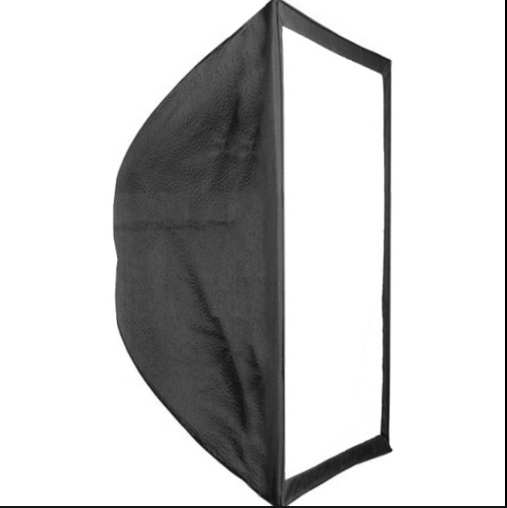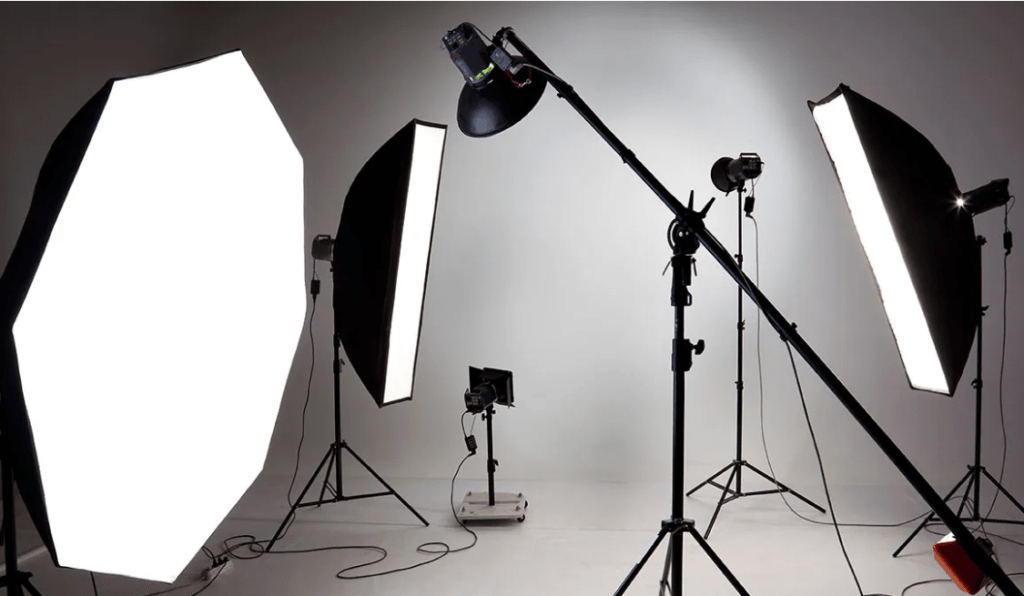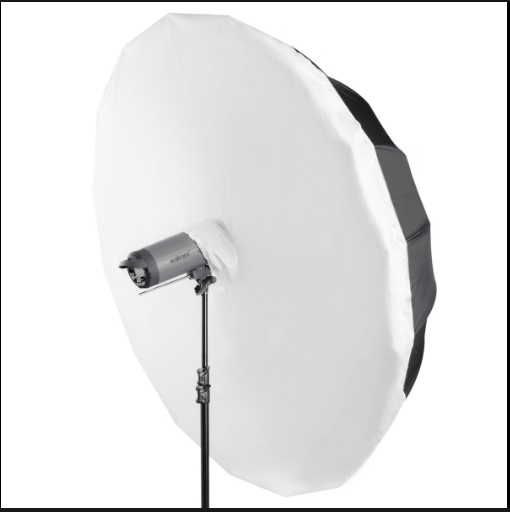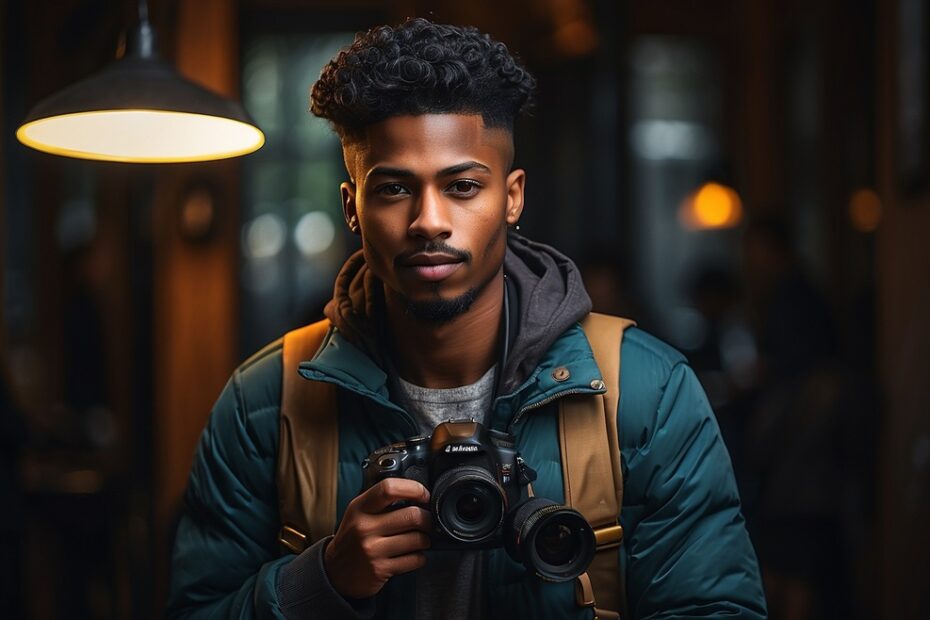In the world of photography, light is the ultimate medium through which stories are told, and emotions are conveyed. However, harnessing the full potential of light requires more than just its presence—it demands control, finesse, and artistry. Here comes in the light diffusers, the unsung heroes of the photography world, offering a gateway to a world of softness, brilliance, and boundless creativity.
A light diffuser is essentially a translucent or opaque material placed in front of a light source to scatter and soften its light. Think of it like a filter that transforms a harsh spotlight into a gentle, diffused glow. This diffused light is easier on the eyes, reduces glare, and creates a more calming and inviting atmosphere.
In this illuminating article, we’ll explore the enchanting realm of light diffusers, their myriad benefits, and how you can use them to elevate your photography to new heights.
Understanding Light Diffusers: What Are They?

At its core, a light diffuser is a device or material designed to scatter, soften, and spread light, transforming harsh, direct illumination into a gentle, diffuse glow. Whether used in conjunction with artificial lighting sources like strobes and LEDs or in harnessing natural sunlight, light diffusers serve to mitigate harsh shadows, reduce contrast, and create a more flattering and even illumination.
One lesser-known aspect of light diffusers in photography is the impact of the diffusion material itself on color temperature. Different diffusion materials can introduce subtle color shifts to the light passing through them. For instance, some materials may impart a slightly warmer or cooler tone to the light.
Photographers often need to be aware of this factor, especially when working in environments where accurate color representation is crucial, such as product photography or portrait sessions where skin tones need to be precisely rendered. Experimenting with various diffusion materials and understanding their influence on color can help photographers achieve the desired color balance in their images.
Why Diffusion Matters
The quality of light is paramount in photography, influencing everything from mood and atmosphere to texture and tone. By diffusing light, photographers can achieve several transformative effects:
- Softened Shadows: Light diffusers help to soften and blur shadows, resulting in smoother transitions between light and dark areas. This is particularly beneficial in portrait photography, where harsh shadows can accentuate imperfections and detract from the subject’s features.
- Reduced Contrast: By spreading light more evenly across the scene, diffusers help to reduce contrast and preserve detail in both highlights and shadows. This creates a more balanced and nuanced image, devoid of distracting extremes.
- Flattering Portraits: Soft, diffused light is inherently more flattering to subjects, as it minimizes skin imperfections, evens out complexion, and accentuates facial features without harsh highlights or shadows.
- Enhanced Textures: In still life and product photography, light diffusion can accentuate textures and surface details by eliminating harsh specular highlights and revealing subtle nuances in form and structure.
Types of Light Diffusers
Light diffusers come in various shapes, sizes, and configurations, each suited to different photography genres and lighting scenarios:
- Softboxes: Softboxes are perhaps the most ubiquitous type of light diffuser, consisting of a fabric panel stretched over a frame and placed in front of a light source. They come in different shapes, such as square, rectangular, and octagonal, offering versatility and control over the quality of light.

- Umbrellas: Umbrellas are another popular choice for diffusing light, offering a quick and easy way to soften harsh illumination. They come in two primary varieties: shoot-through umbrellas, which transmit light through the material for a softer effect, and reflective umbrellas, which bounce light off their surface for a broader, more diffused spread.

- Diffusion Panels: Diffusion panels are translucent sheets or fabrics placed between the light source and the subject to scatter and soften light. They can be mounted on frames or held by assistants to achieve the desired lighting effect.
- Modifiers and Accessories: In addition to standalone diffusers, photographers can enhance their lighting setup with accessories such as grids, gels, and reflectors, which further shape and refine the quality of light to suit their creative vision.
Choosing the Right Diffuser: A Guide for Every Room
With so many options available, selecting the right diffuser can feel overwhelming. Here are some tips to help you choose the perfect diffuser for each room:
- Living Room: Opt for a large lampshade or pendant diffuser that casts a warm, inviting glow. Consider dimmable options for creating different lighting moods throughout the day.
- Bedroom: Choose a diffuser that emits soft, calming light. Fabric lampshades or under-bed lighting can be ideal for creating a relaxing atmosphere.
- Kitchen: Task lighting is key in the kitchen. Look for diffusers that
Color Accuracy in Different Diffusers
One crucial, yet lesser-known aspect of light diffusers in photography is the impact of the diffusion material itself on color temperature. Different materials can introduce subtle color shifts to the light passing through them, affecting the final image. For instance, some fabrics may impart a slightly warmer tone, while clear plastics might produce a cooler cast.
Photographers working in environments where accurate color representation is critical, such as product photography or portrait sessions where skin tones need to be precisely rendered, should be especially aware of this factor. Experimenting with various diffusion materials and understanding their influence on color is key to achieving the desired color balance in your images.
Here are some specific examples of diffusers with varying color shift properties:
- Minimal Color Shift:
- Opal Glass: This popular diffuser material is known for its excellent light diffusion and minimal impact on color temperature. Its milky white appearance scatters light evenly while maintaining a neutral color cast, making it ideal for situations where precise color accuracy is paramount.
- Warmer Color Shift:
- Fabric Softboxes: Softboxes made with translucent white fabrics can introduce a subtle warming effect to the light. This can be a desirable quality for portrait photography, as it can add a touch of warmth and flattering glow to skin tones.
By understanding the color characteristics of different diffusers, photographers can make informed choices to achieve their desired aesthetic effects while maintaining accurate color representation when necessary.
Conclusion
In the hands of a skilled photographer, light becomes not just an illuminator, but a painter’s brush. With it, you can weave tales of beauty, emotion, and wonder. Light diffusers serve as invaluable tools in this creative process, offering control, versatility, and boundless potential for artistic expression.
Whether illuminating a portrait, still life, or landscape, the gentle touch of a diffused glow can elevate an image from ordinary to extraordinary, infusing it with a sense of magic and allure. Embrace the power of light diffusion, and let your photography shine with brilliance and beauty.

Pingback: The Crucial Role of Softbox Kits in Media Production - TechVoltMedia
Pingback: Lights, Camera, Action! Smartphone Filmmaking in Your Pocket - TechVoltMedia